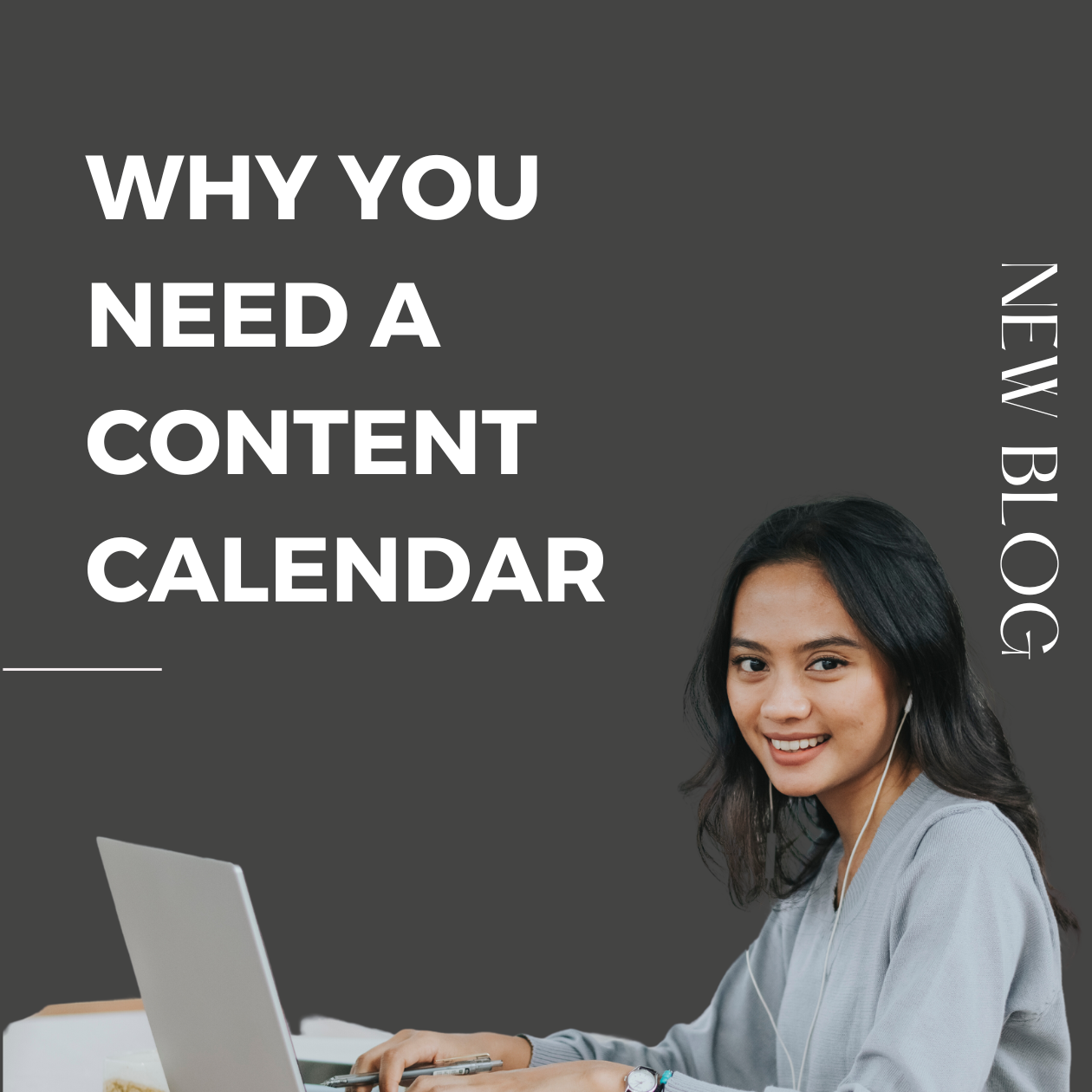Find out how a content calendar can change the way you plan and why it’s a must-have for your content plans. Learn why it’s important, its perks, and some handy tips to use it right.
In the online world today, good content is super important. So how do we make sure our content is always on point and interesting? That’s where a content calendar comes in. It’s like a guide for all your content plans. If you’re curious about why a content calendar matters, keep reading!
Benefits of a Content Calendar
1. Time Management & Productivity
Using a content calendar really helps with managing time. When you plan your content ahead, you can use your resources better and avoid last-minute rushes. Having a set schedule means your content-making process is smooth and organized.
Making Content Creation Easily
Seeing your content plan from a big picture view helps you spot themes. This means you can make similar content at once. Like, if you set a week for certain blog topics, you can write them all at once, making sure they feel and sound the same.
Setting Up Your Content Calendar
1. Determining Frequency
How often should you post? It’s different for everyone, but a content calendar helps you find a good pace. It’s important to post enough so people remember you, but not so much that it’s too much for them or for you.
2. Picking the Right Tools
Whether you choose online tools like Trello, AirTable, Notion or Asana or just use a regular notebook, picking the best tool for your content calendar really matters. The best tool fits your work style and makes planning your content easy.
Crafting High-Quality Content
1. Content Types and Mediums
Mix up your content! Use different types like pictures, long articles, videos, and podcasts. A content calendar helps you keep a good mix, so you don’t just stick to one type too much.
2. Audience Engagement
A content calendar changes based on what your audience likes. Talk to your readers or viewers and see what they enjoy. Then, make content that fits their preferences.
Evaluating Your Content’s Performance
1. Tracking Metrics & KPIs
You can measure success. Use tools like Google Analytics to see how well your content is doing. Check things like how many people view your page and how much they interact with it. This info helps you plan what content to make next.
2. Adjusting Strategy
Not every piece of content will be a big hit, and that’s fine! With a content calendar, you can change things up as needed. Use the info you gather to make sure your next content connects better with your audience.
Staying Consistent with Your Calendar
1. Tips for Keeping the Energy Going
Making content is fun, but can also be tiring. Keep going by setting doable goals, sharing tasks with others, and checking your content plan from time to time, making changes if needed.
2. Avoiding Content Burnout
Keep loving what you do. To not get too tired, mix things up, take breaks, and remember: you’re making content that your audience will enjoy.
Conclusion
A content calendar is more than just a planner; it helps make sure all your content tells a connected story. Think of it like a plan that makes sure everything fits together well. If you think of your content as a king, then the calendar is the plan that makes sure everything runs smoothly in the kingdom. By being regular and always offering good stuff to your readers or viewers, you’re not just making content. You’re earning their trust and making a name for yourself online. Using a content calendar can really help improve what you do!



Comments ()